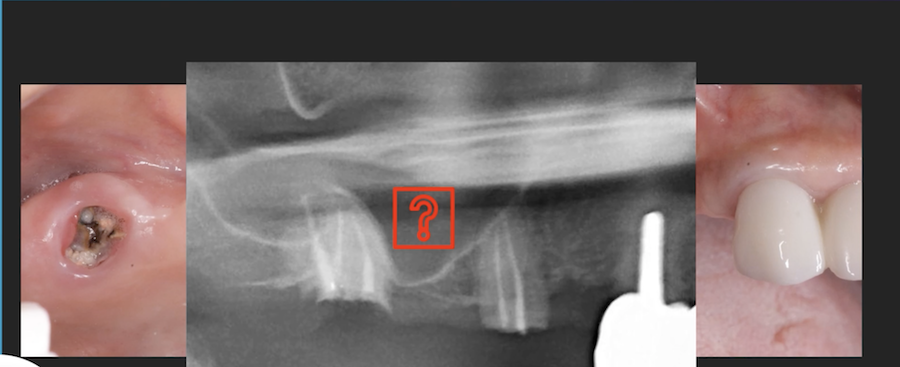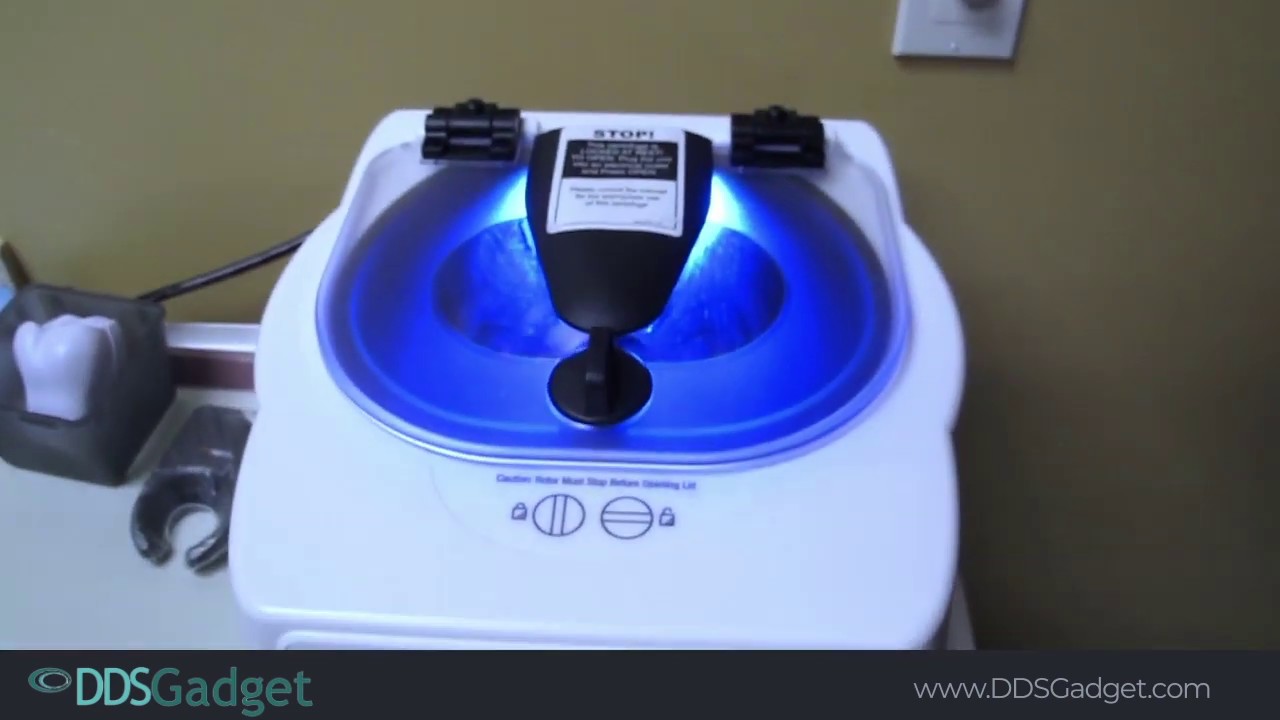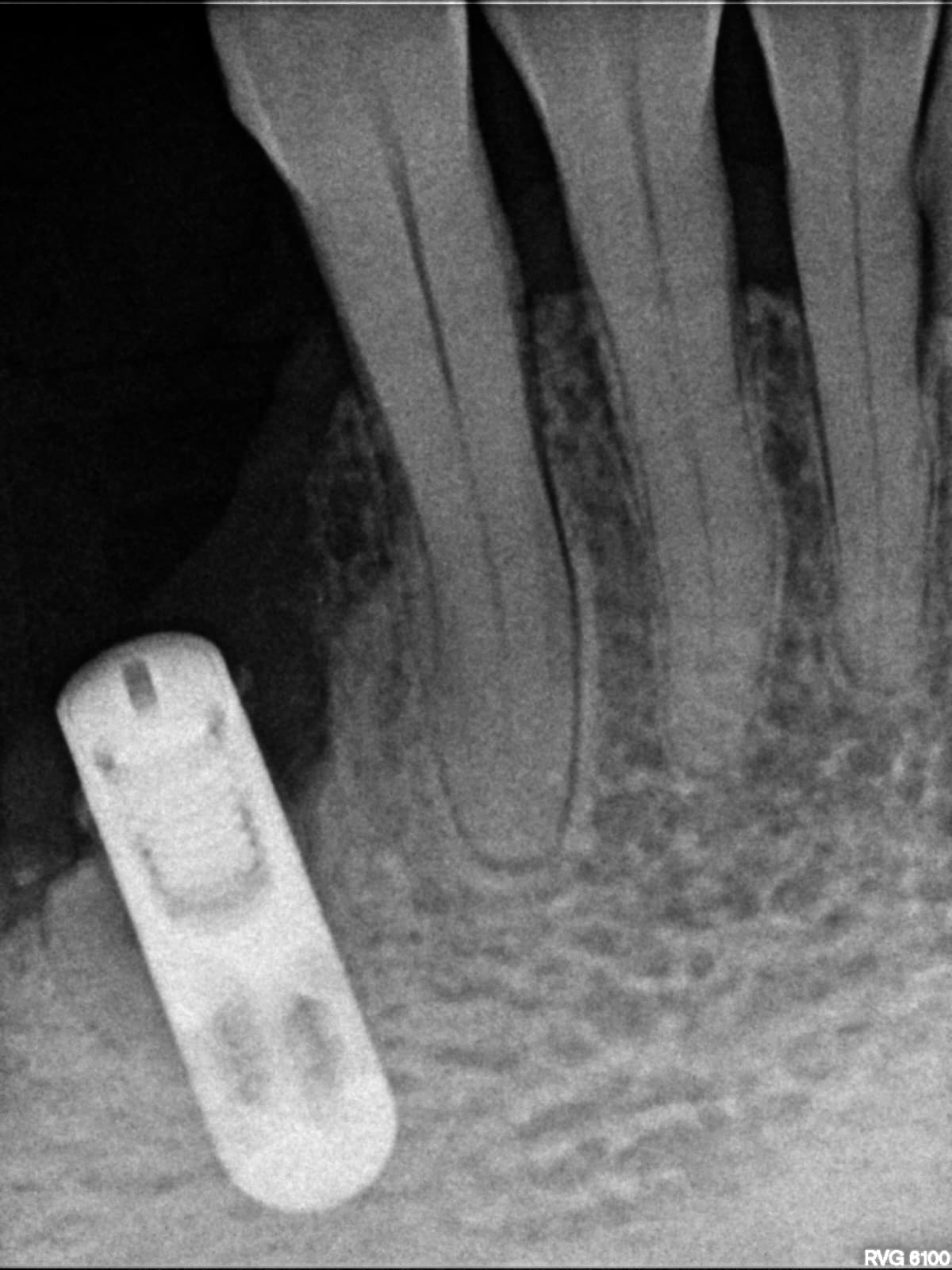Bone Regeneration after Loading: A Better Approach than All-on-4?
There is a current trend toward the removal of teeth and all-on-four options. The sentiment is that teeth will be lost in the future, and thus we should remove them now, if there is bone loss. I respond to this with: We will all die one day, but that does that mean we should commit suicide now? I therefore feel that returning the dentition to its previous healthy state through regeneration is a more positive approach.
Using next generation synthetic graft materials we have been able to consistently achieve this, and where the adjacent teeth may have been mobile, we have been able to restore the bone support to them while at the same time placing implants in the terminal areas.
This case may not be the best example of the above technique and philosophy, but it was done in front of a large audience in Live surgery during a big Dental Show. What we see is the long term improvement of bone in the first year ( we see this routinely ) to improve the overall dentition.
I would appreciate any comments. Thanks. Peter
UL2 to be replaced with failed apicectomy and draining sinus
Implant ( Dio ) placed and grafted with BTcP and CaSo4 , you can see the Material in the buccal defect
Loaded at 3 months , early loading is advised to bemefit from healing , note bone levels
Loaded at 1 year , all the graft material now long bio-absorbed , showing improved bone situation


















